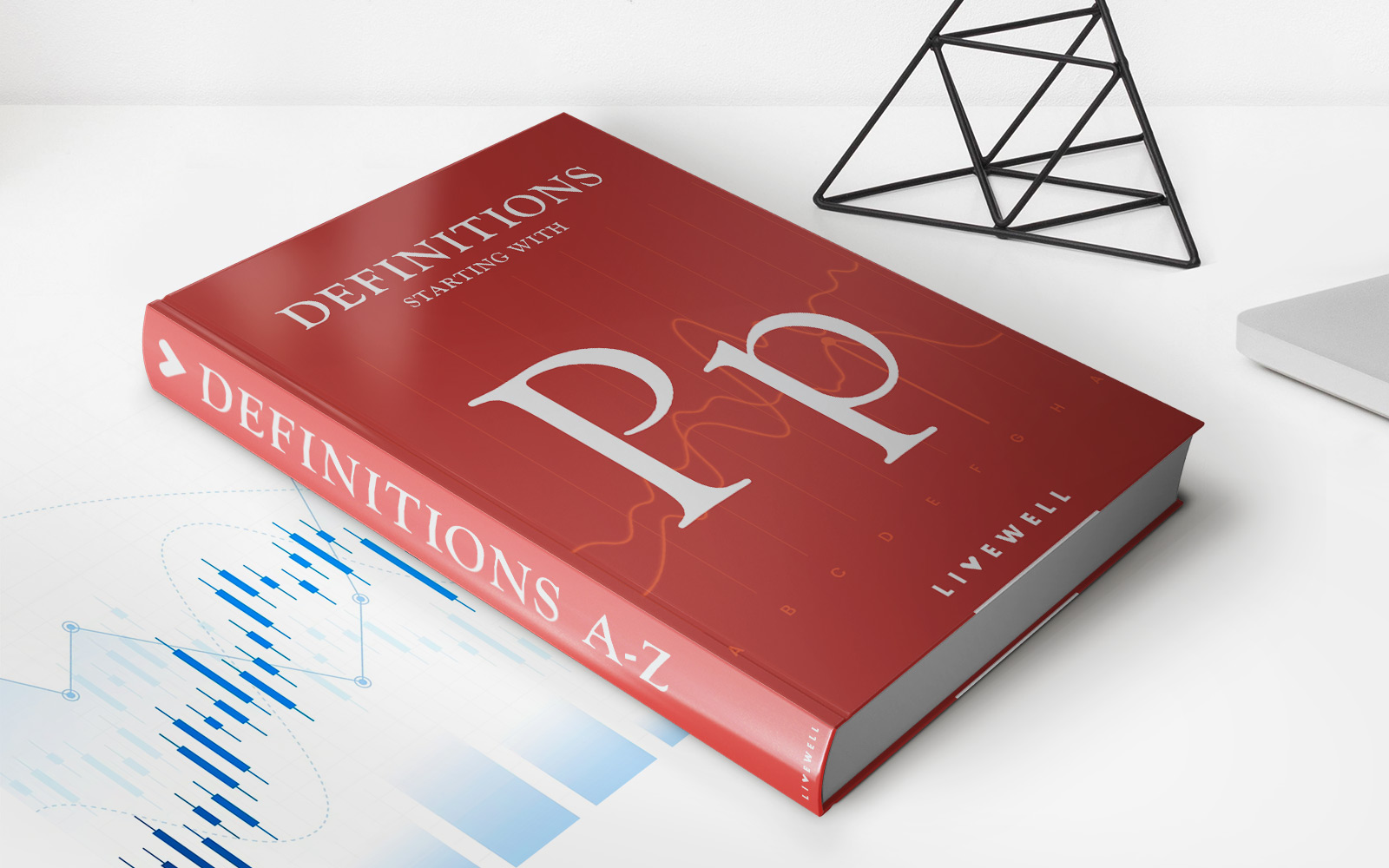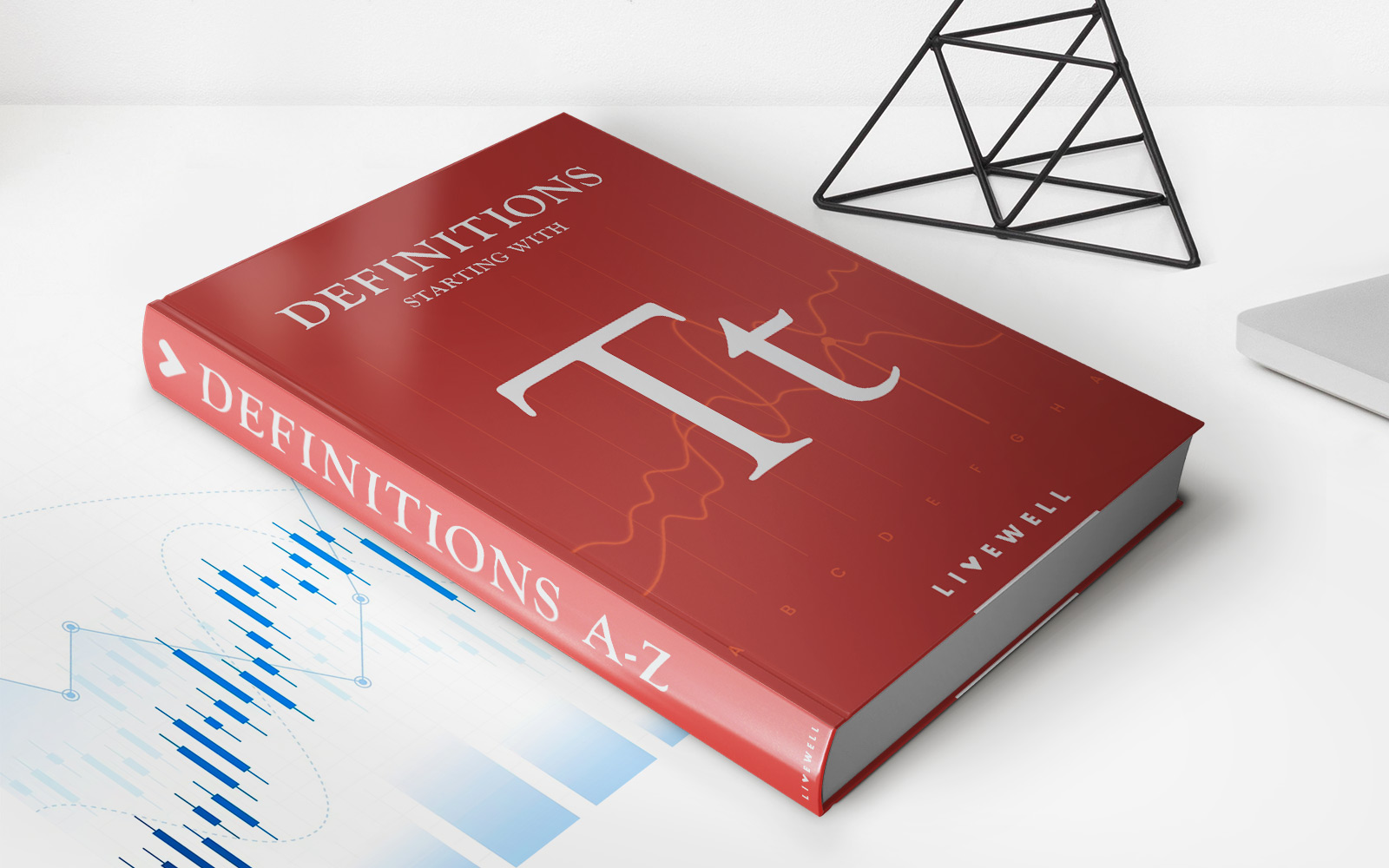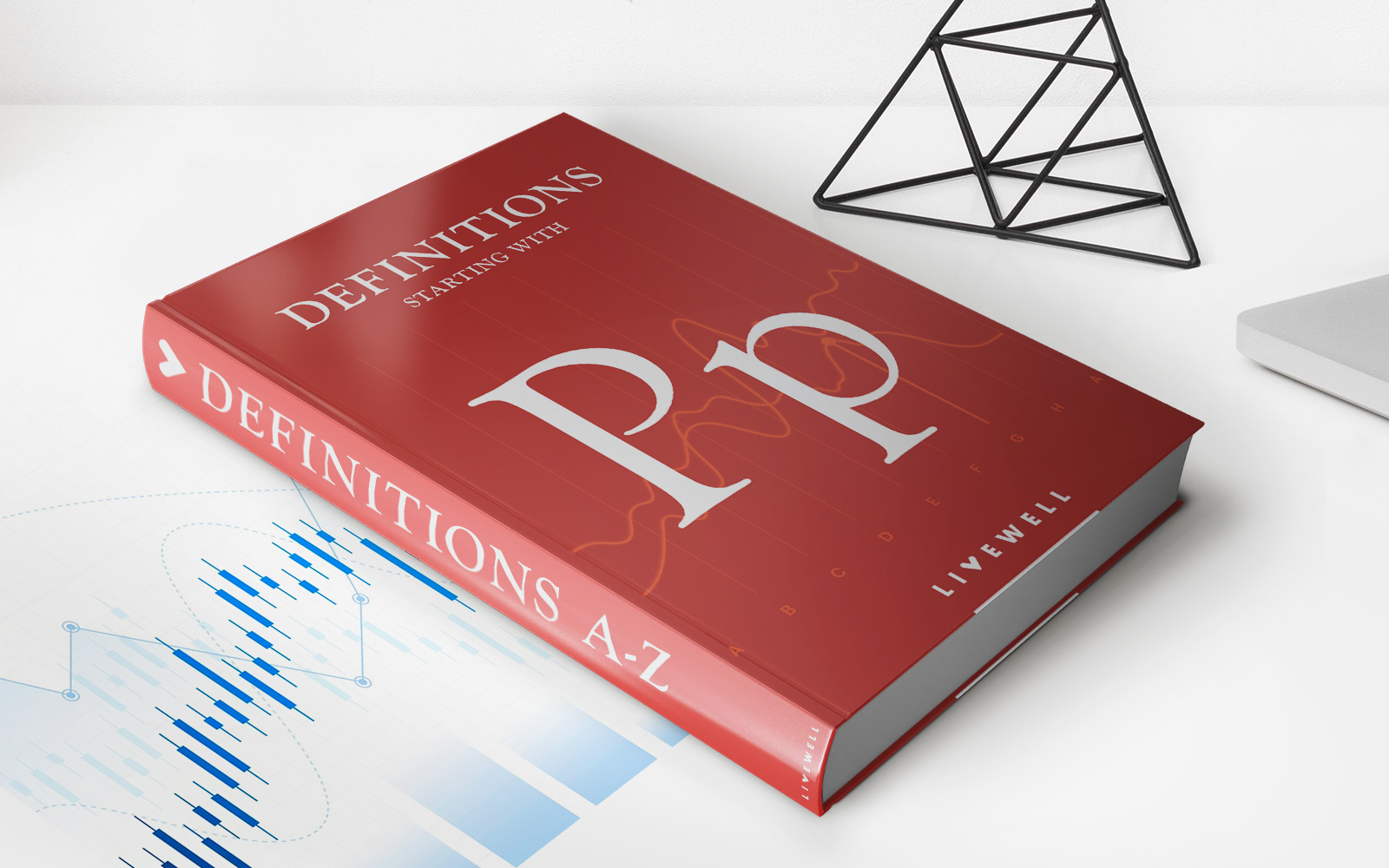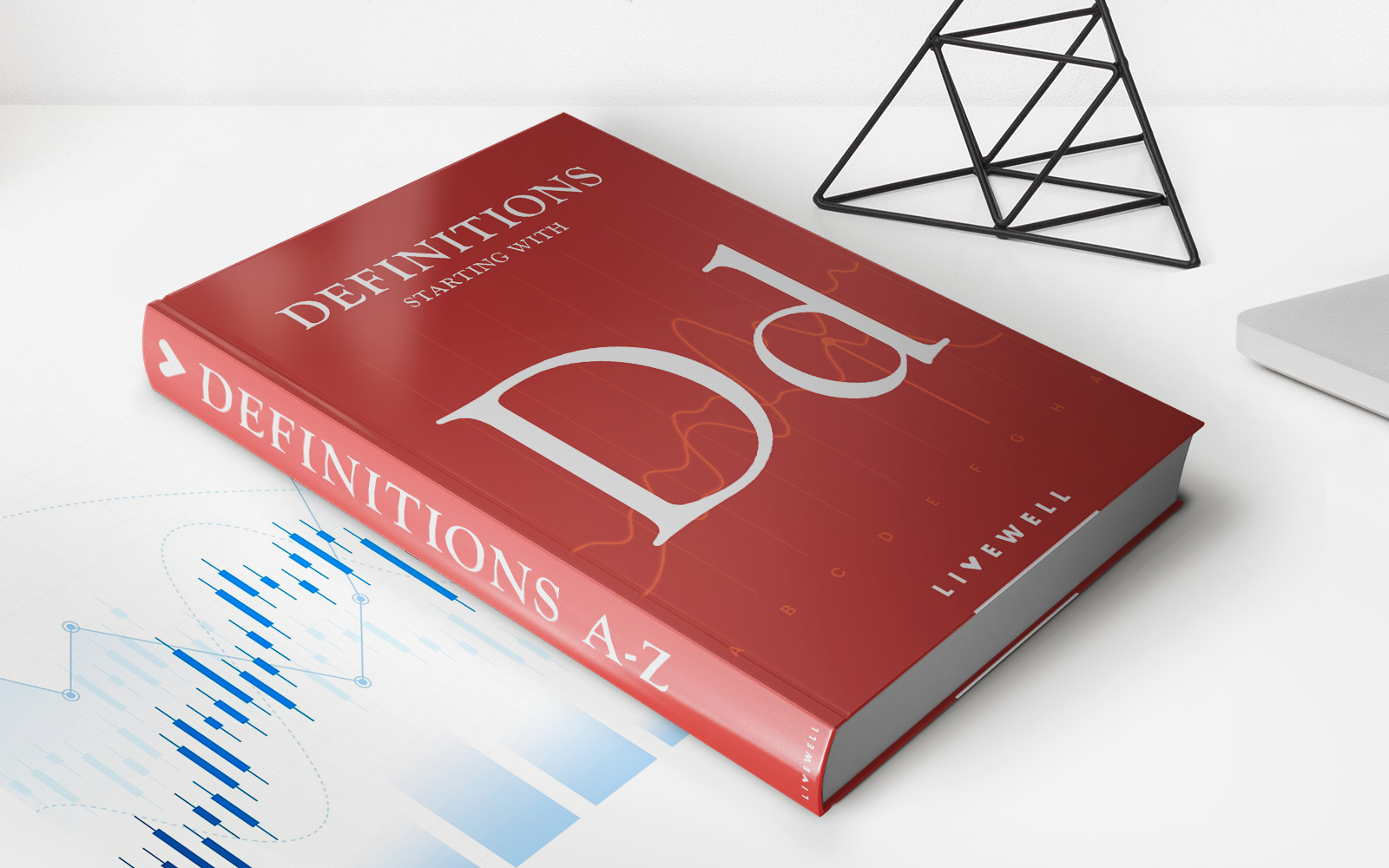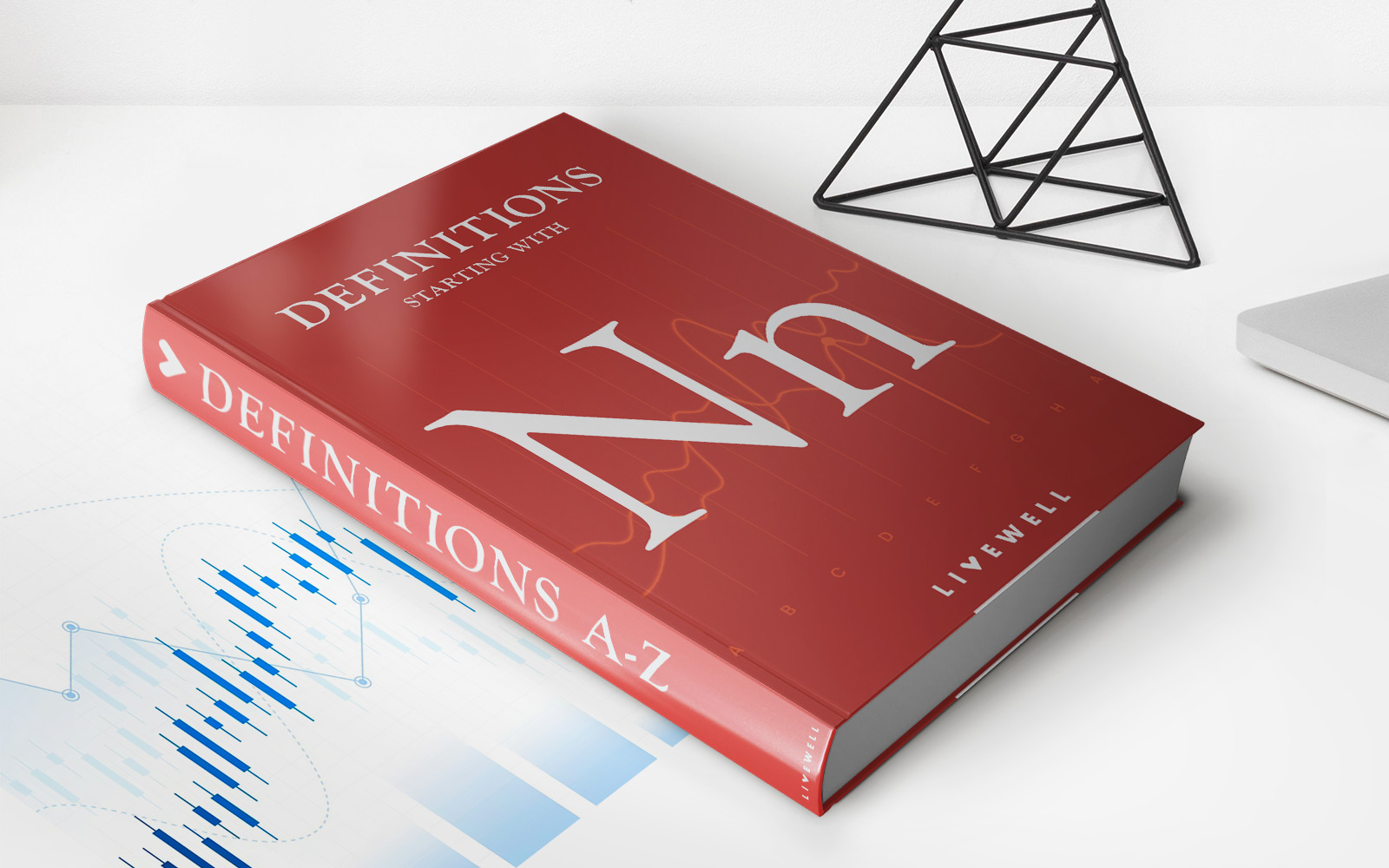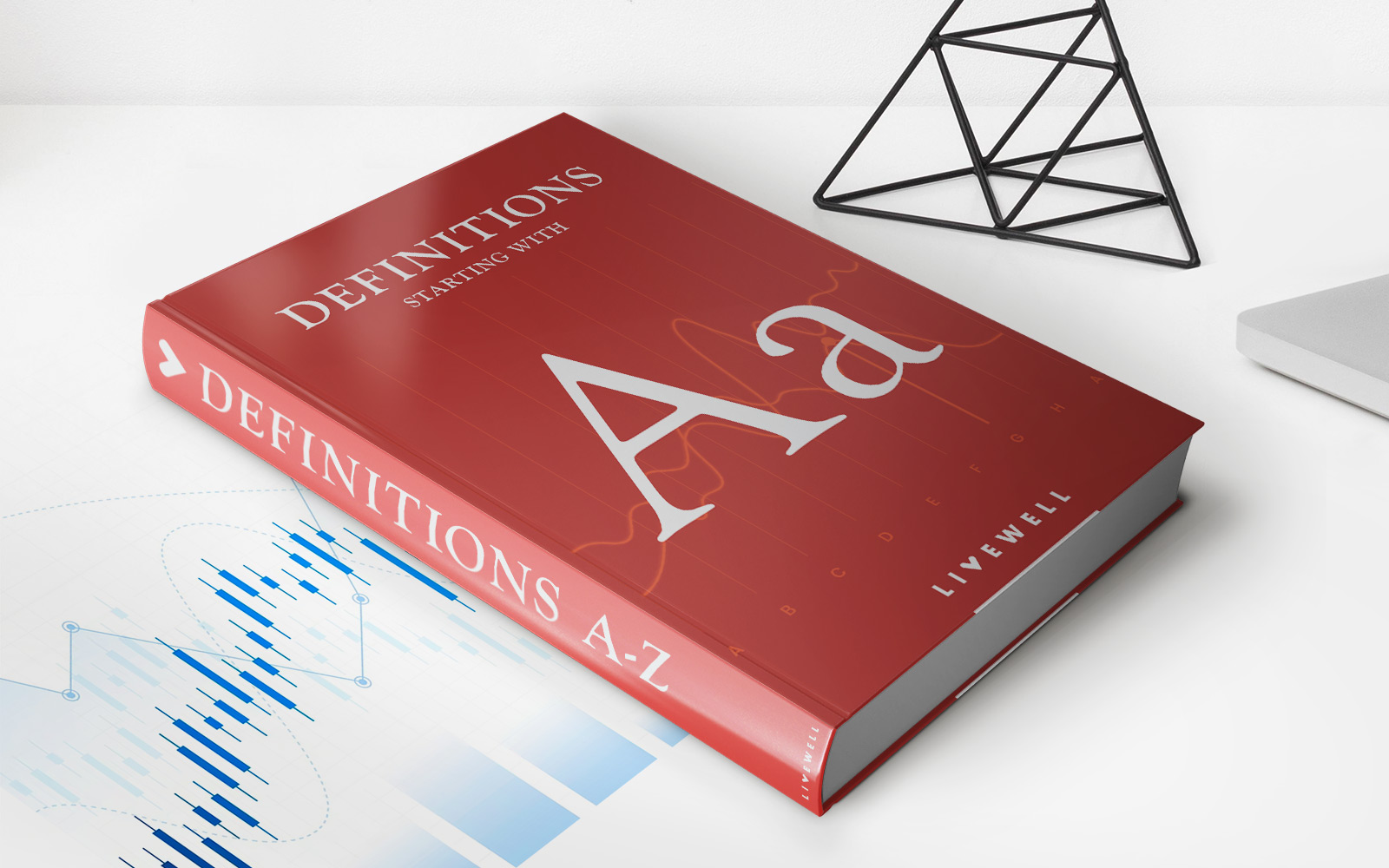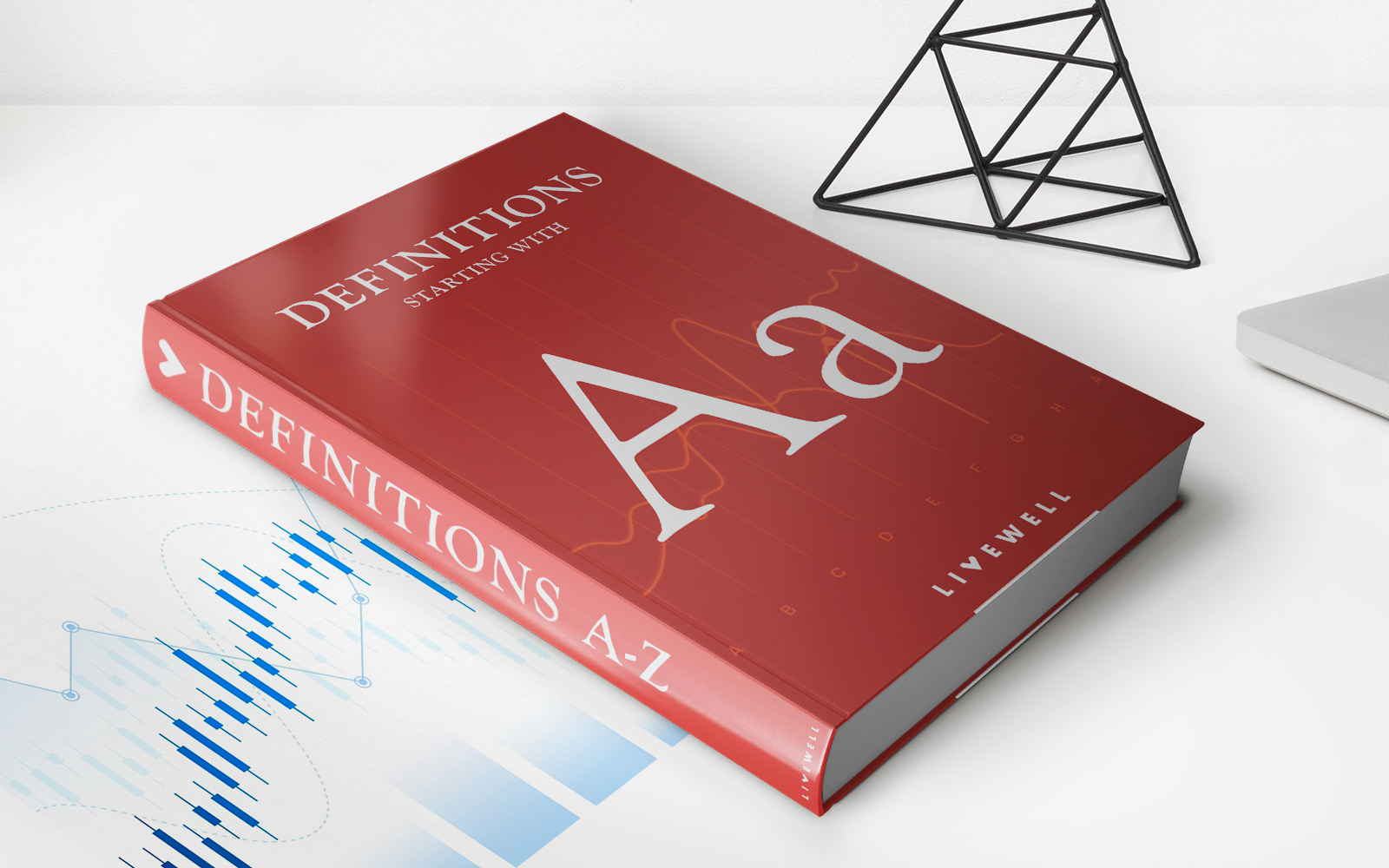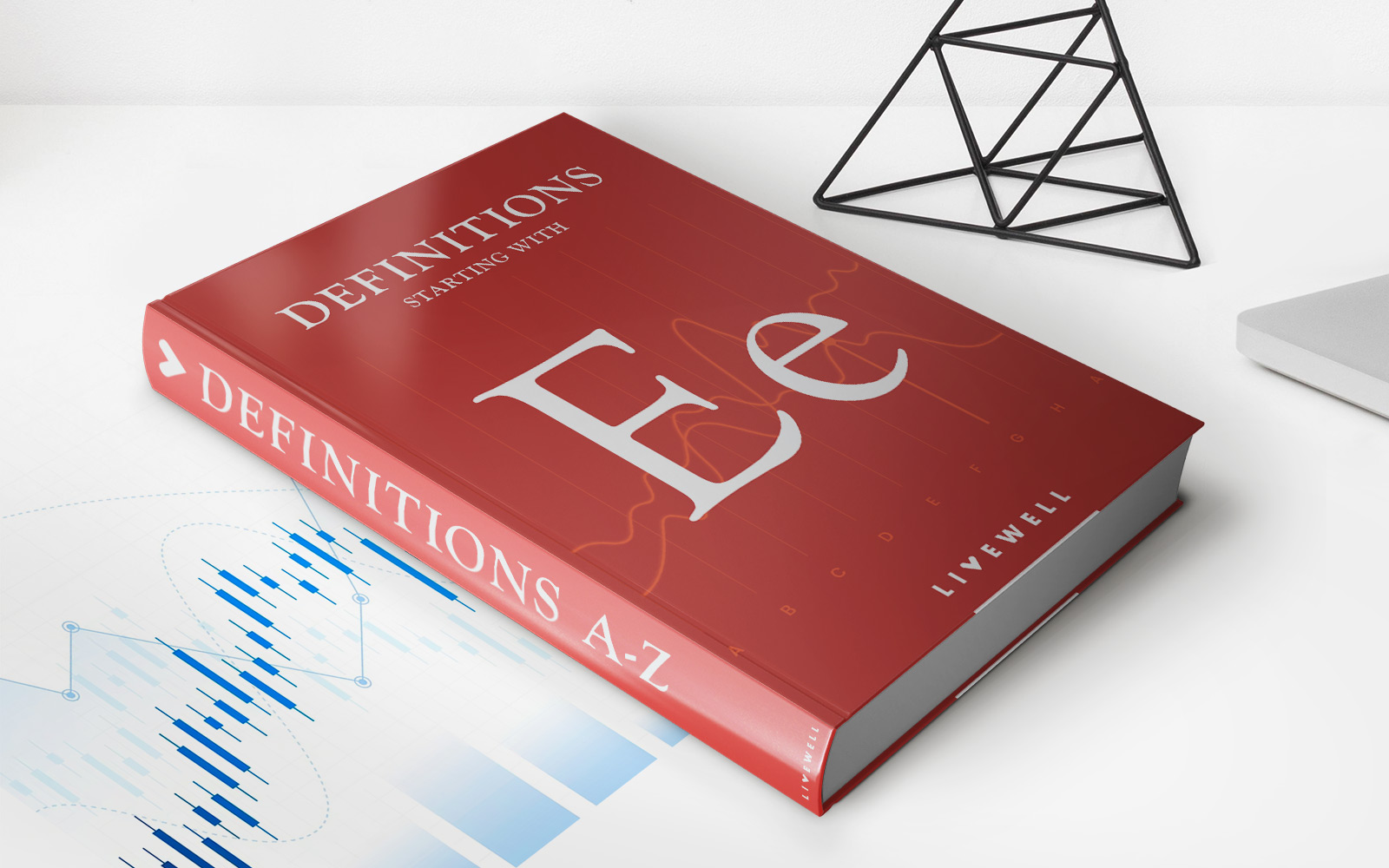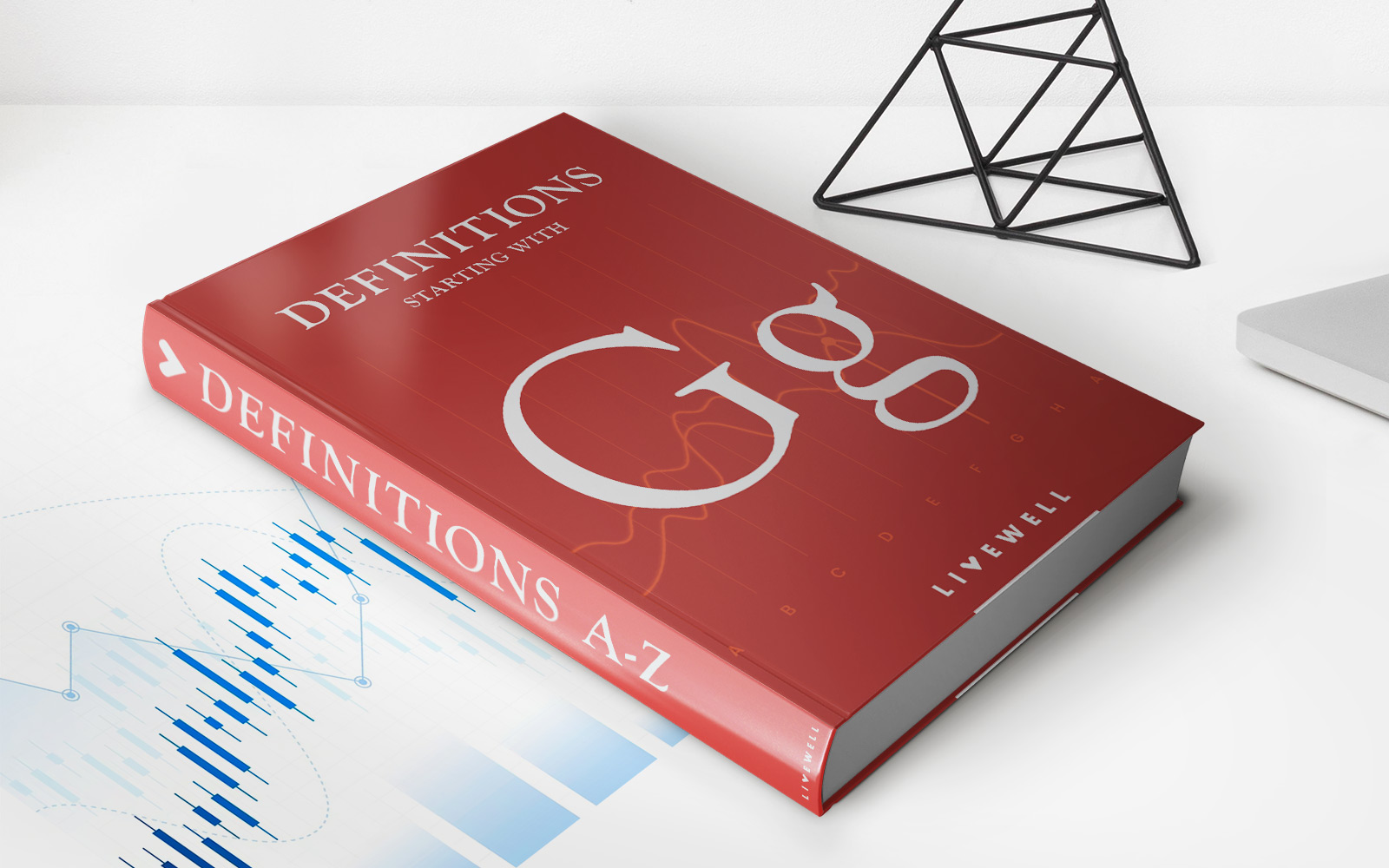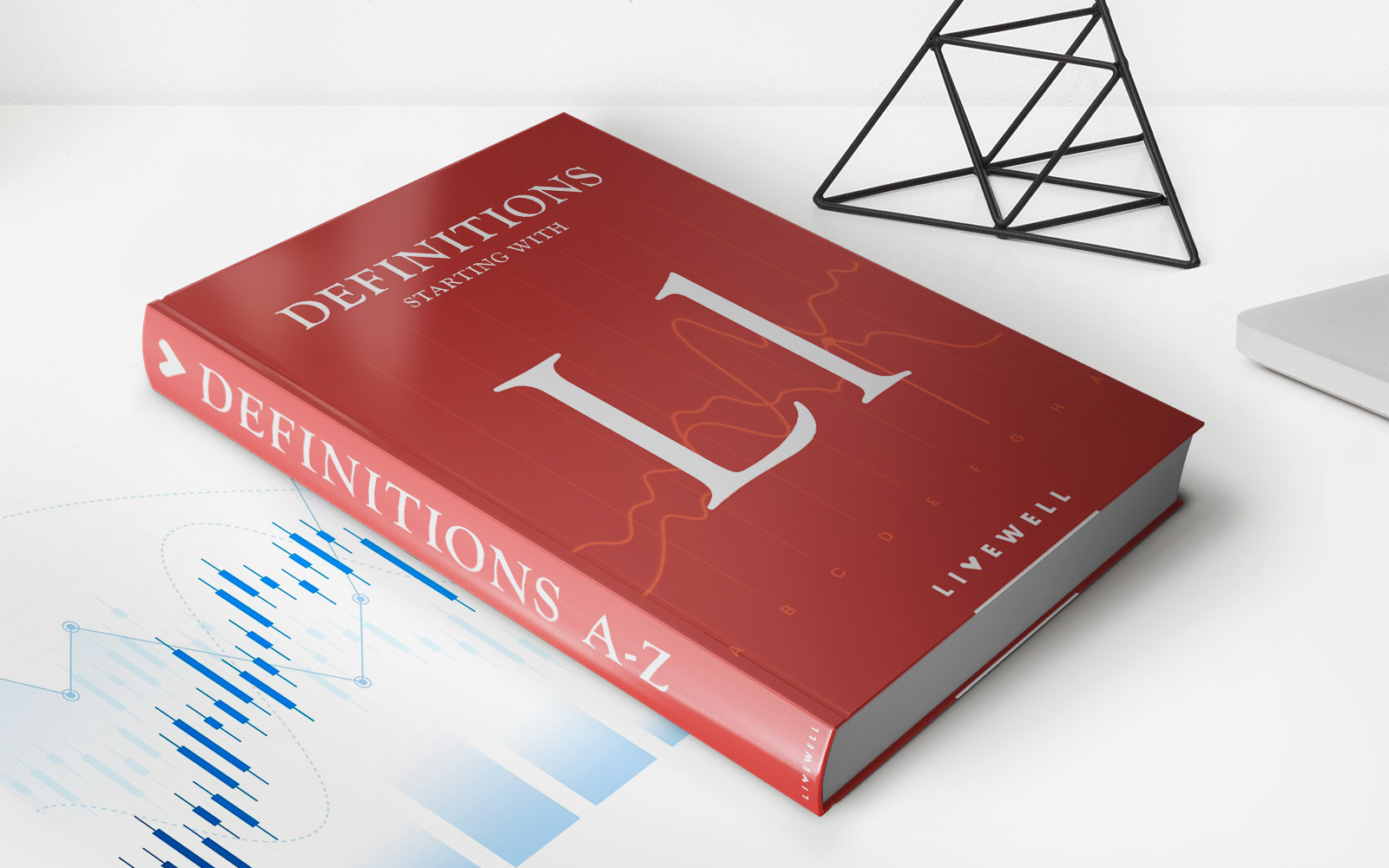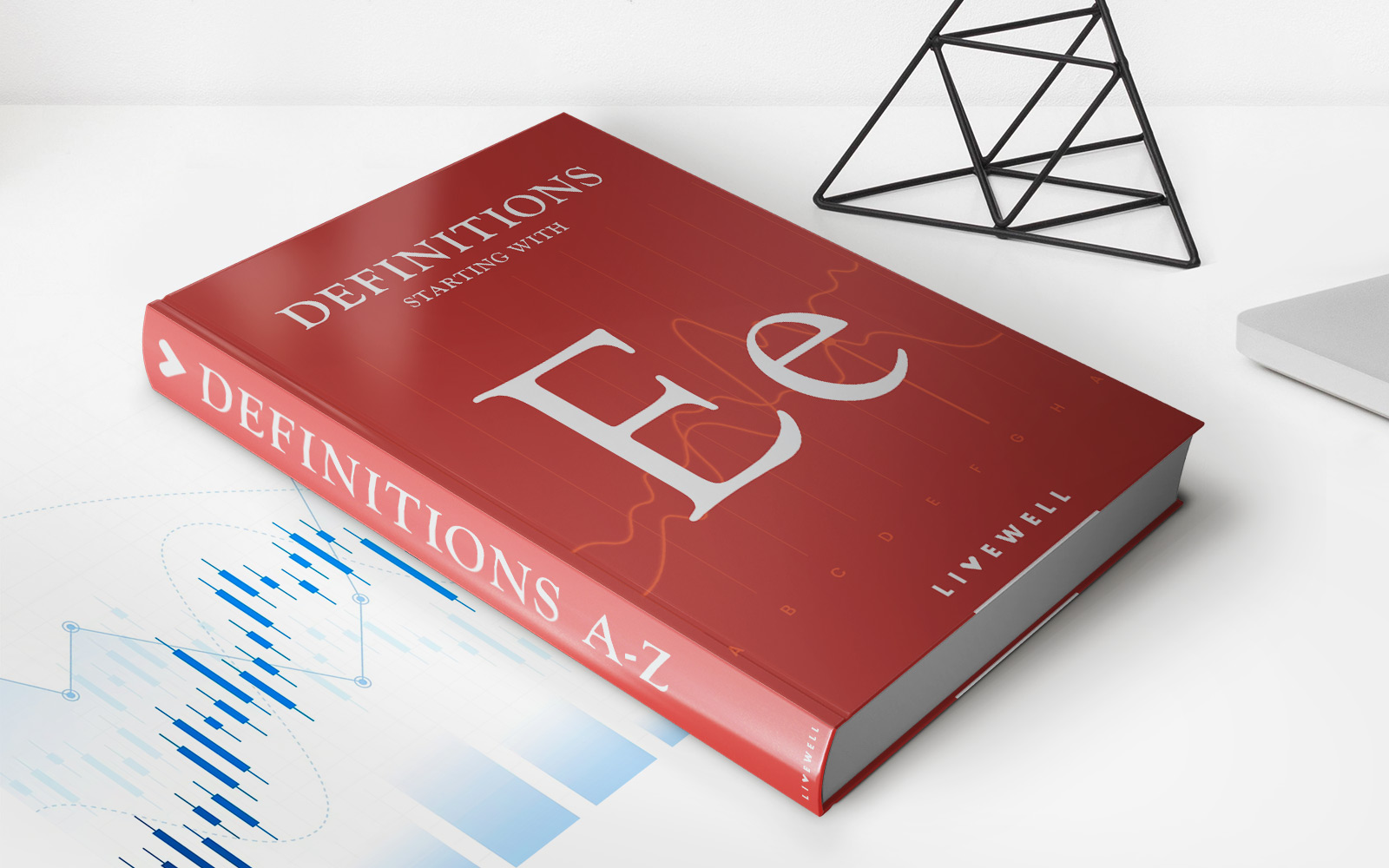Home>Finance>Flat Tax: Definition, How It Works, Benefits, Critics, And Example


Finance
Flat Tax: Definition, How It Works, Benefits, Critics, And Example
Published: November 25, 2023
Learn about the definition, workings, benefits, critics, and examples of flat tax in finance. Understand the concept and its implications.
(Many of the links in this article redirect to a specific reviewed product. Your purchase of these products through affiliate links helps to generate commission for LiveWell, at no extra cost. Learn more)
Flat Tax: Definition, How It Works, Benefits, Critics, and Example
Welcome to our Finance category, where we delve deep into various topics related to personal and corporate finances. In this blog post, we will explore the concept of a flat tax, providing you with a clear understanding of its definition, how it works, its benefits and critics, and even a practical example. So, let’s jump right into it!
Key Takeaways:
- A flat tax is a tax system where every taxpayer pays the same percentage of their income, regardless of their earnings.
- It simplifies the tax code, encourages investment, and can potentially boost economic growth.
Now that we have the key takeaways, let’s unpack the concept of a flat tax.
What is Flat Tax?
Flat tax, also known as a proportional tax or a single-rate tax, is a system where all taxpayers are subject to the same tax rate, regardless of their income. Instead of having different tax brackets with varying tax rates, a flat tax system applies one universal rate to everyone.
For example, imagine a country where the flat tax rate is set at 20%. If you earn $50,000 per year, you would pay $10,000 in taxes, and if you earn $100,000, you would pay $20,000. The tax rate remains the same, ensuring fairness and simplicity.
How Does Flat Tax Work?
A flat tax system works by setting a specific tax rate that applies uniformly to all taxpayers. This means that regardless of how much you earn, you pay the same percentage in taxes. This simplicity eliminates the need for multiple tax brackets and complicated calculations.
Typically, a flat tax system has lower tax rates compared to progressive tax systems, where higher earners pay higher rates. This lower tax burden is often seen as an incentive for individuals and businesses to invest, save, and spend, which can potentially stimulate economic growth.
Benefits of Flat Tax
1. Simplicity: The main advantage of a flat tax system is its simplicity. With a single tax rate that applies to everyone, the tax filing process becomes significantly easier and less time-consuming. It reduces complexity and eliminates the need for numerous deductions, exemptions, and calculations.
2. Encourages investment: By having a lower, uniform tax rate, a flat tax system encourages investment. Individuals and businesses can retain a larger portion of their income, providing them with more capital to invest. This potentially leads to increased economic growth and job creation.
Critics of Flat Tax
While the flat tax system has its benefits, it also faces criticism. Let’s explore some of the common criticisms:
- Regressive nature: Critics argue that a flat tax is regressive since it imposes the same tax rate on everyone, regardless of their income level. This means that lower-income earners may proportionally pay more in taxes compared to their higher-income counterparts, making it harder for them to make ends meet.
- Reduction in government revenue: As a flat tax system generally lowers tax rates, it can result in a reduction in government revenue. This can potentially lead to budget cuts and a strain on public services, such as healthcare and education.
Example of Flat Tax
Let’s consider a hypothetical example to illustrate how a flat tax works:
In the country of Taxland, a flat tax system has been implemented with a tax rate of 15%. Among its citizens, Rachel earns $30,000 per year, while Thomas earns $100,000 per year.
Under this system, both Rachel and Thomas would pay 15% of their income in taxes. Rachel would contribute $4,500, and Thomas would contribute $15,000. Despite earning different incomes, the tax rate remains the same for both.
This example showcases the simplicity and consistency of a flat tax system.
Conclusion
Flat tax, as a tax system, offers simplicity and a uniform tax rate for all earners. While it can simplify the tax code, encourage investment, and potentially boost economic growth, it has its critics who argue it may be regressive and reduce government revenue. As with any tax system, there are advantages and disadvantages to consider. Understanding the concept of a flat tax allows for an informed discussion on tax reform and its potential implications.
